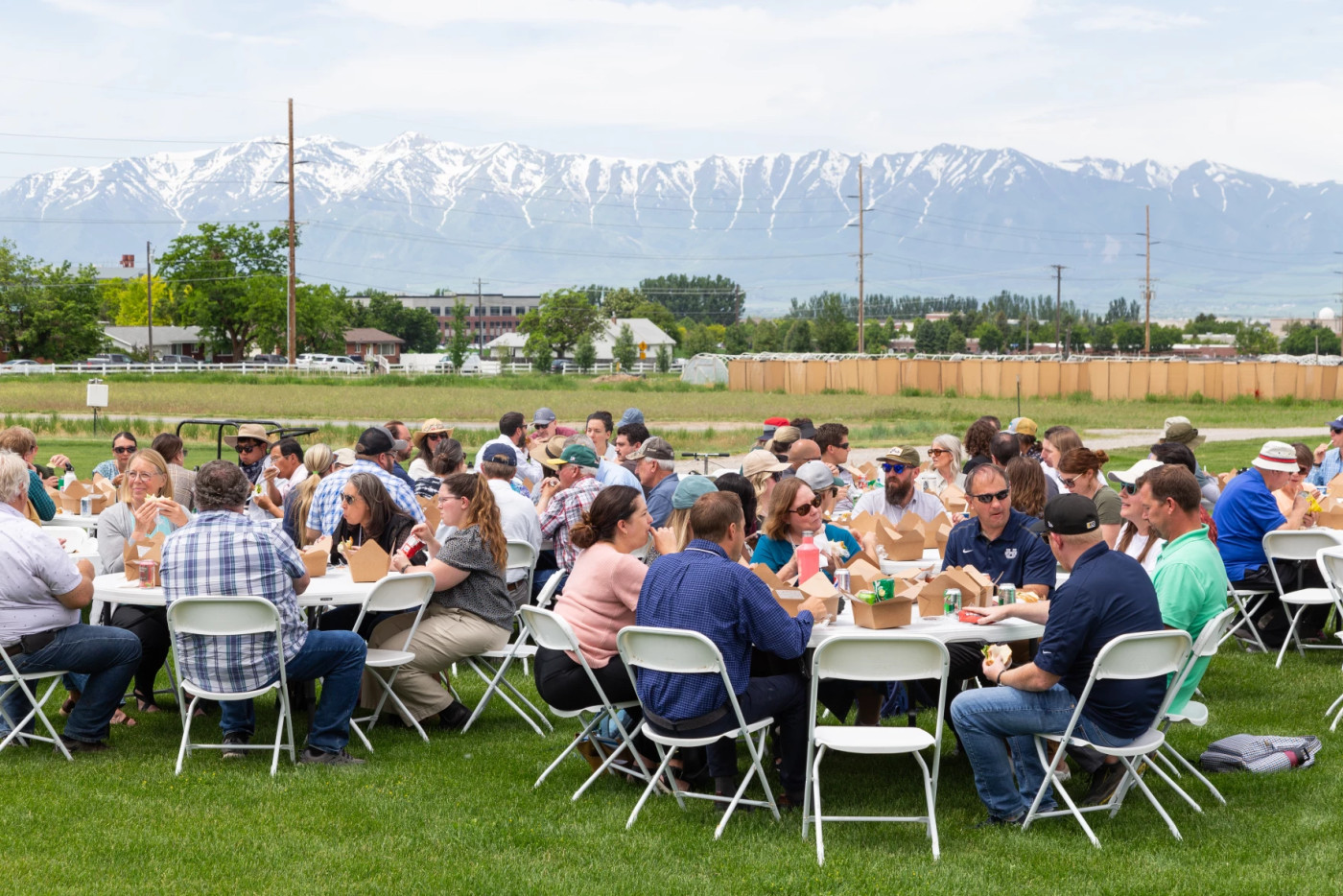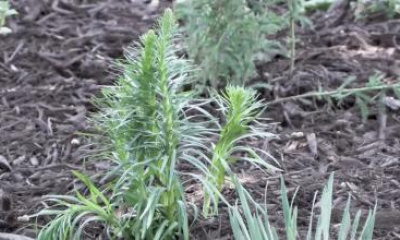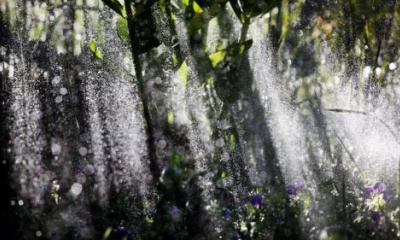Utah Growing Water Smart is a program that hosts workshops put on by four major organizations: the Utah Division of Water Resources, Babbitt Center for Land and Water Policy, Western Resource Advocates and Utah State University’s Center for Water Efficient Landscaping. This June was the second workshop held here in Utah, utilizing the framework from previous workshops in Colorado and Arizona.
The goal of this northern Utah workshop was to give individual communities water solutions that not only benefit the communities themselves, but the Great Salt Lake watershed as well.
As an organizer of the workshop and an environment and society professor at Utah State University, Joanna Endter-Wada shared why putting together an event like this is so essential to the future of water use in our state.
“The goals of the workshop are to give people tools and examples of how to connect land and water. And they're planning processes. And another goal is to make sure that the planning they're doing at the local level is connected to regional and state level efforts, so that we're all moving in the same direction," Endter-Wada said.
Historically, land use and water resources planning have happened separately across much of Utah, without much cross talk. The Growing Water Smart workshop provides an opportunity to integrate these two processes, giving water resource managers, land use planners and elected officials the resources to build action plans that integrate water into general city or county planning.
The workshop kicked off on Tuesday with remarks from the organizers, followed by presentations on the current and anticipated future state of water supply in the Great Salt Lake watershed by Utah‘s Great Salt Lake Commissioner Brian Steed and Great Salt Lake Basin Planner Laura Vernon.
The event’s coordinators emphasized the importance of working together and helping communities to not feel so alone.
Steed set this precedent in his plenary remarks. “We're gonna have to balance those equities between the needs of the lake and the needs of other environmental concerns or other human needs. And that's going to take all of us in a combined effort to get that right,” Steed said.
The remainder of the three day workshop focused on small-group discussions, led by trained facilitators, giving participants the time and space to craft water-smart action plans for their communities.
Participants also attended presentations and trainings, such as a lunch visit to the USU Greenville Research Farm. There, researchers explained current research and Extension efforts related to water-efficient turfgrass, landscape plants and a conservation-oriented water management tracking software.
June’s workshop was focused on northern Utah communities and included groups from Cache County, North Logan, Box Elder County, Clearfield City, Cottonwood Heights, Salt Lake City, and North Salt Lake.
Future workshops will focus on serving other Utah communities as the group involved in Growing Water Smart seeks to share knowledge and resources with all communities across Utah, providing the resources needed to come up with better water solutions that incorporate local community water needs while keeping in mind and promoting the health of watersheds as a whole across the state.
John Berggren is a senior regional water policy analyst at Western Resource Advocates, and one of the workshop organizers.
“The state's goal would be to expand this, spread this knowledge, spread this expertise and empower communities across the state to do this, and I think that's one really important point is water and land use integration. It's all about local control. And like, because it's land use planning, which land use planning is different for every single community. So the state is not telling communities what to do. All the state's doing is they want to make sure all communities in Utah have the knowledge and expertise to integrate water lineage planning at their direction,” Berggren explained.
For more information visit westernresourceadvocates.org.









